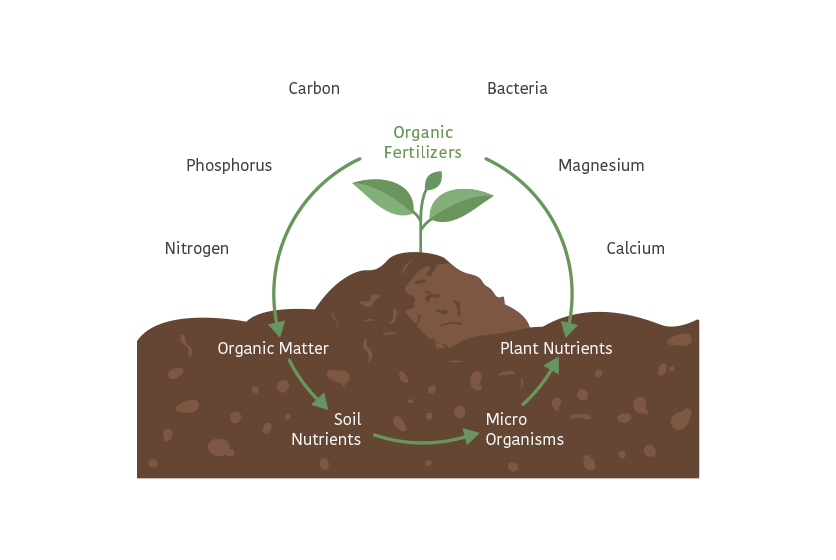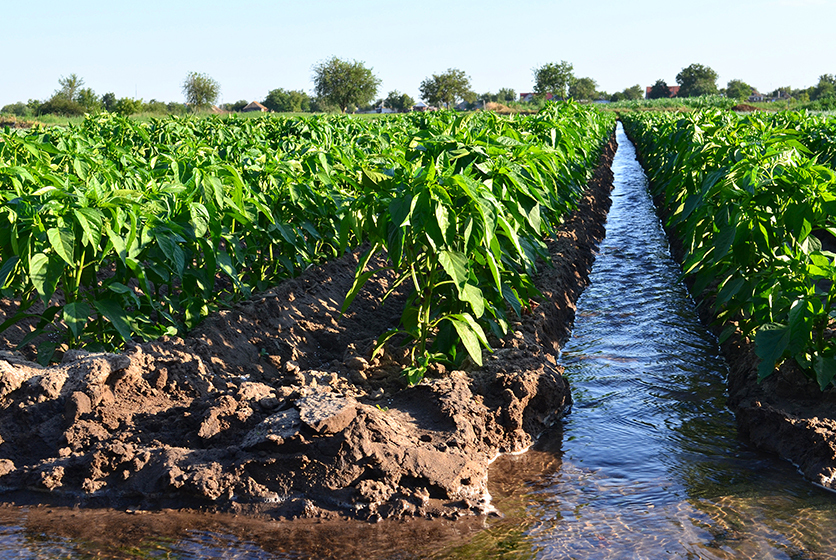Integrated Nutrient Management
Crops get their nutrients mainly from soil. The three most important nutrients are nitrogen (N), phosphorus (P) and potassium (K), also known as NPK. Other macro and micro nutrients are:
- Trace elements such as copper, boron, zinc & iron to name a few
- Calcium, sulfur & magnesium
Each nutrient or element performs a specific role (pretty much like the different types of nutrients human beings need to eat for good health!). For instance, potassium increases the plant’s ‘immunity’ levels and calcium is good for the health of roots and so on.
It is therefore vital to talk about integrated nutrient management in agriculture.
What is Integrated Nutrient Management (INM)?
According to the Food and Agriculture Organization of the United Nations, INM is also known as land husbandry. It brings together methods and practices to look after the levels and health of the following:
- Soil
- Nutrients
- Water
- Crops
This is done to ensure that maintenance of optimum soil conditions when it comes to its chemical, biological, physical and hydrological parameters.

Methods of INM
In the fields, INM can be practiced in different ways. Some of the main methods to ensure optimum nutrient level in the soil are:
- Intercropping
- Proper irrigation
- Application of the right amounts of mineral and natural fertilisers
- Crop rotation
- Green manure and
- Agroforestry to name a few.
These methods are focused on integrating soil management with the larger systems of a productive farm. This is done by looking at the geographical location of the field and soil testing as well.
INM is also deployed in fields by using different components from different sources. For instance, a field could benefit from application of organic manures, biofertilizers, inorganic fertilisers and green manures in different ratios.

Why is it important?
In the past, India has seen a strategy of fertiliser application with almost complete focus on NPK (including government subsidies) and not enough on the minor nutrients and trace elements. The result is an imbalanced nutrient management approach. INM rests on the 4Rs:
- Right fertiliser
- Right time
- Right location
- Right usage
By looking at the bigger aspects of site specific requirements including the farmer’s investment strength, INM provides a smarter approach to soil nutrition.
INM can also be looked at within the framework of managing plant nutrients that are stored in the soil, nutrients that are lost during harvest, elements that are left in crop residues and nutrients that can be brought in from external sources. Managing all this in order to optimise soil productivity is key to successful INM.
Benefits of INM
Apart from the obvious benefits of improving soil fertility with non-chemical means, integrated nutrition management also helps farmers by:
- Boosting crop productivity
- Reducing the costs and usage of using chemical fertilisers
- Preventing deterioration of soil and
- Reducing contamination of water channels and soil in the fields.
As always, there are challenges associated with using INM but it is exciting to note that India is applying the concepts of INM in quite a few locations to different kinds of crops as well.



